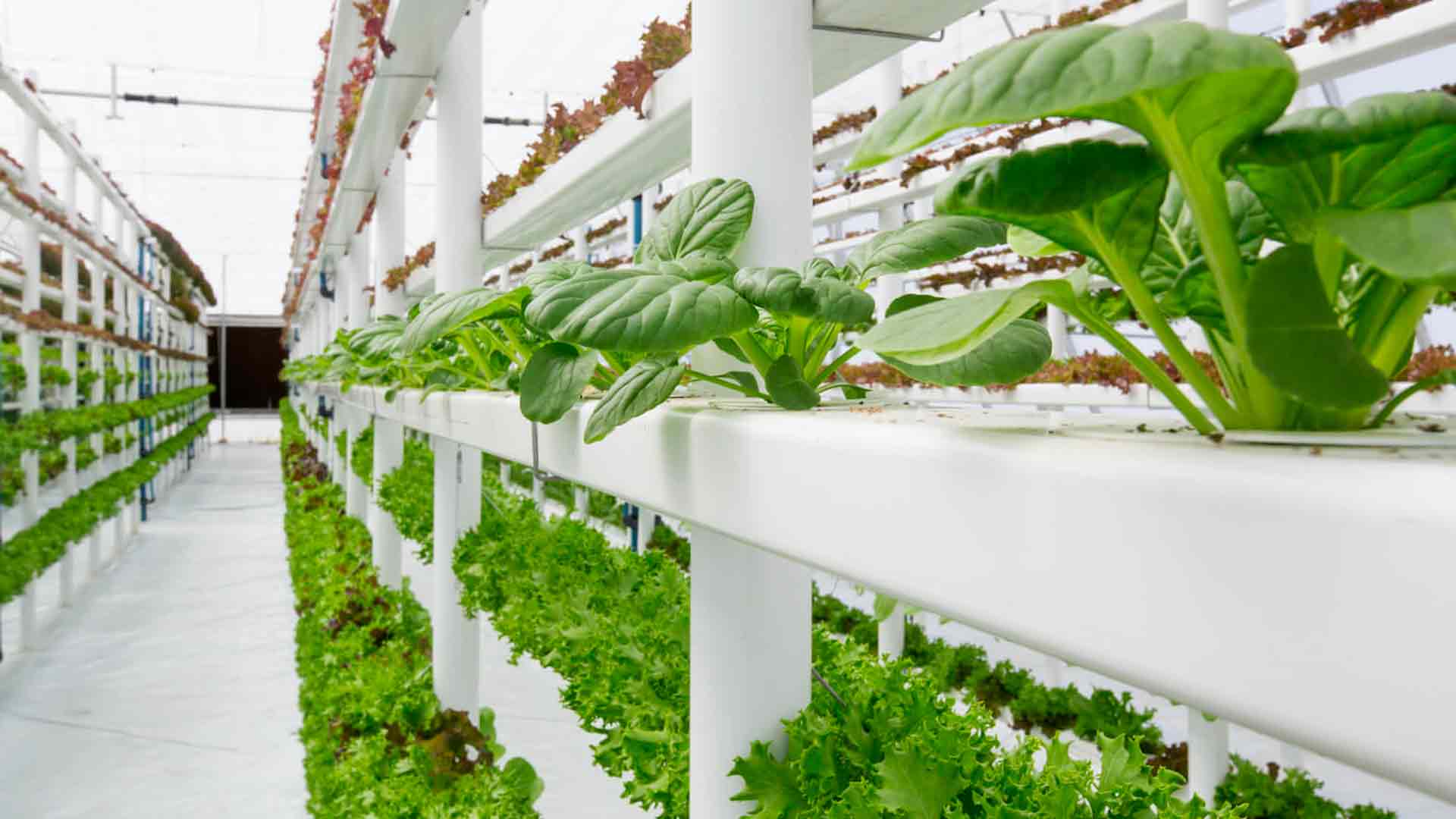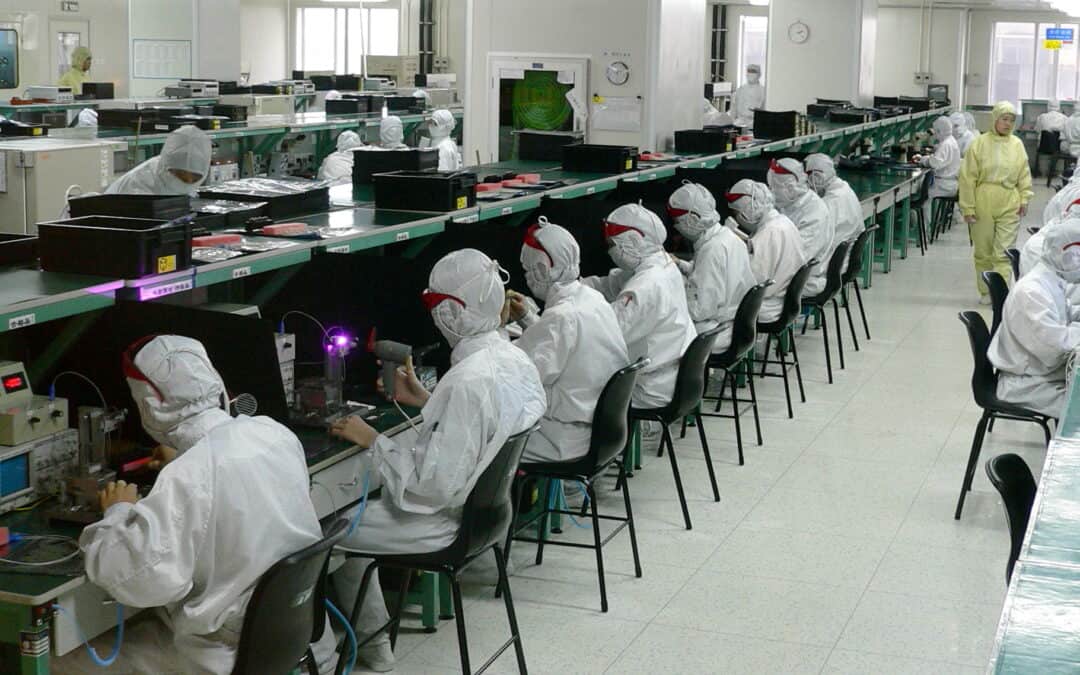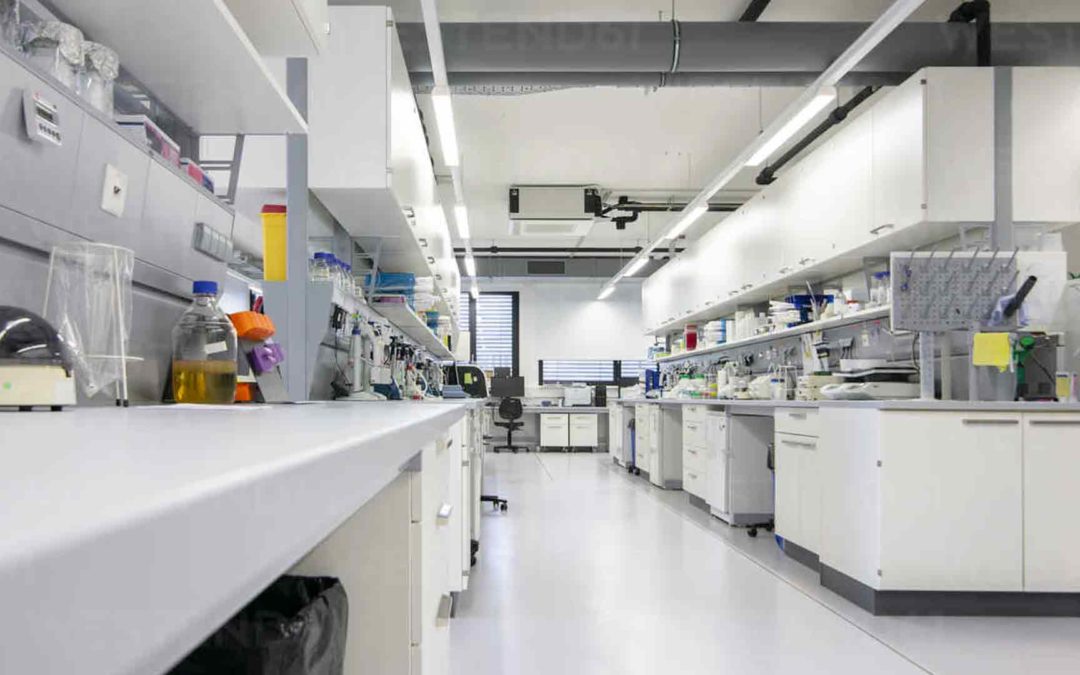In the world of greenhouse cultivation, understanding and controlling environmental factors is key to thriving plant life. Among these, humidity plays a pivotal role, directly impacting plant physiology and the overall health of your greenhouse crops. This article delves into the science of humidity in greenhouse settings and how it affects plant growth, offering insights into why maintaining the right balance is essential.
Humidity and Plant Physiology
The Role of Humidity in Plant Processes
Humidity, or the amount of water vapor in the air, significantly affects plant processes such as transpiration and photosynthesis. Transpiration, the process of water movement through a plant and its evaporation from aerial parts like leaves, stems, and flowers, is crucial for nutrient uptake and temperature regulation within the plant.
How Humidity Influences Photosynthesis
Photosynthesis, the process by which plants use sunlight to synthesize foods from carbon dioxide and water, can be affected by humidity levels. High humidity can slow down the rate of transpiration, leading to less water and nutrient movement inside the plant, which can eventually impact the efficiency of photosynthesis.
The Impact of Humidity on Different Plant Species
Each plant species has its unique humidity requirement. For instance:
- Tropical Plants: These plants thrive in high humidity environments, as it mimics their natural rainforest habitats.
- Desert Plants: Cacti and other desert dwellers prefer lower humidity levels, consistent with arid environments.
- Temperate Plants: Plants native to temperate climates often require moderate humidity levels.
Understanding the specific humidity needs of your plants is crucial in creating an environment where they can flourish.
Balancing Humidity for Optimal Growth
Challenges of High Humidity
While a certain level of humidity is beneficial, excessively high humidity can lead to problems like mold growth, fungal infections, and pest infestations. It can also cause condensation on leaves, disrupting the plant’s natural transpiration process.
Issues with Low Humidity
Conversely, low humidity levels can lead to rapid water loss through transpiration, stressing plants, and leading to wilting or stunted growth.
Implementing Effective Humidity Control
Monitoring and Control Systems
Employing tools like hygrometers for monitoring and automated humidification systems can help maintain optimal humidity levels. These systems can adjust the moisture in the air, ensuring a stable environment for your plants.
Tailored Approaches
Each greenhouse may require a different approach based on factors like plant types, local climate, and greenhouse design. Customised humidity control solutions can cater to these specific needs.
Conclusion
Understanding and controlling greenhouse humidity is not just about maintaining a number on a hygrometer. It’s about creating the perfect environment for your plants to photosynthesize, transpire, and grow effectively. With the right balance of moisture in the air, your plants can reach their full potential, leading to a flourishing greenhouse.




